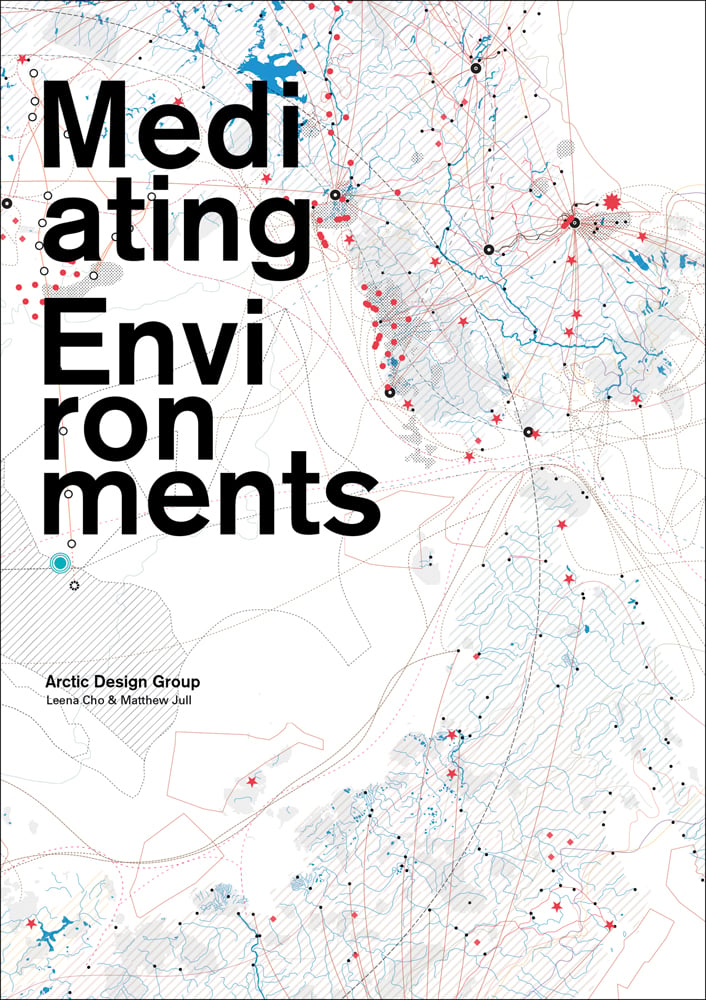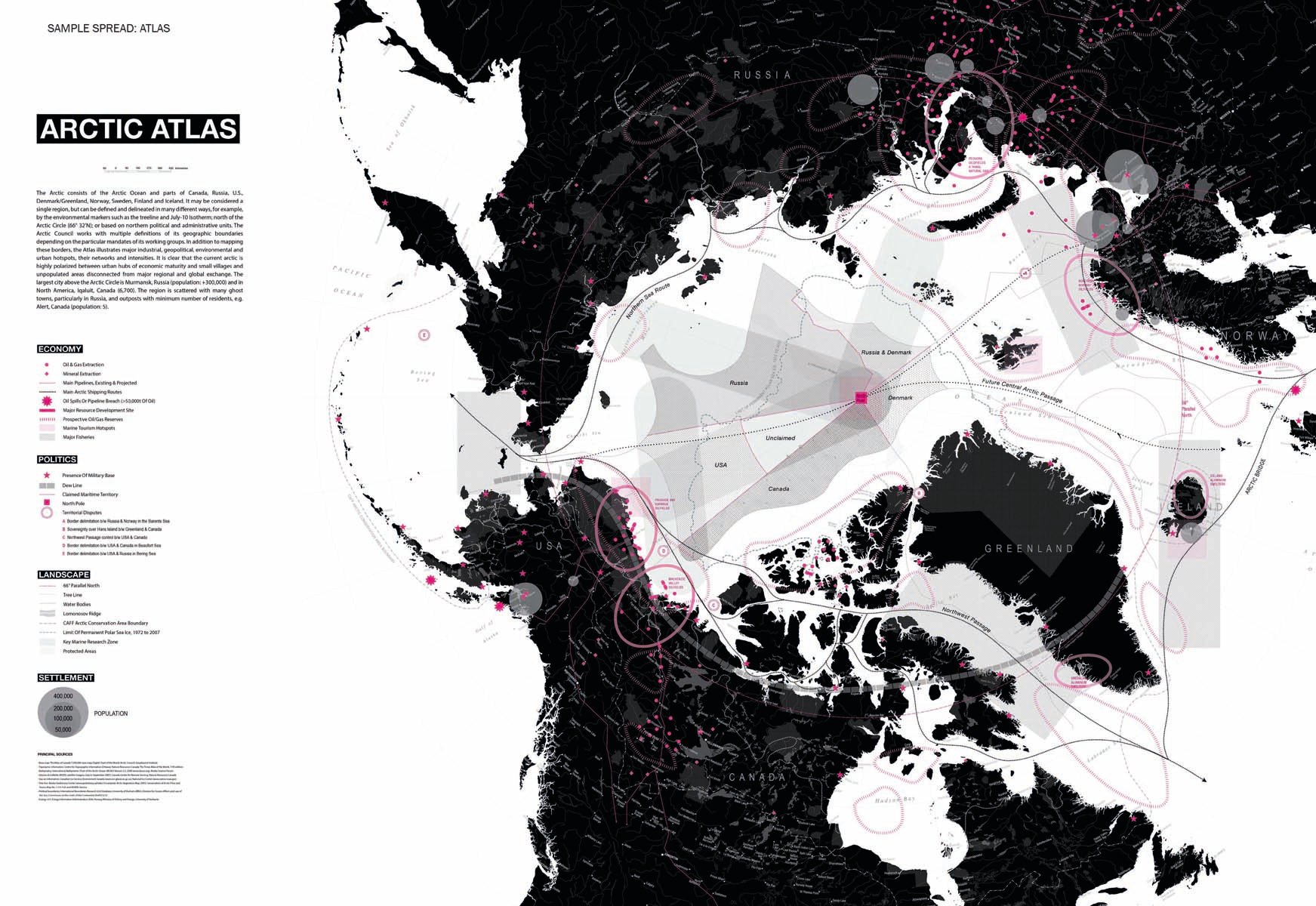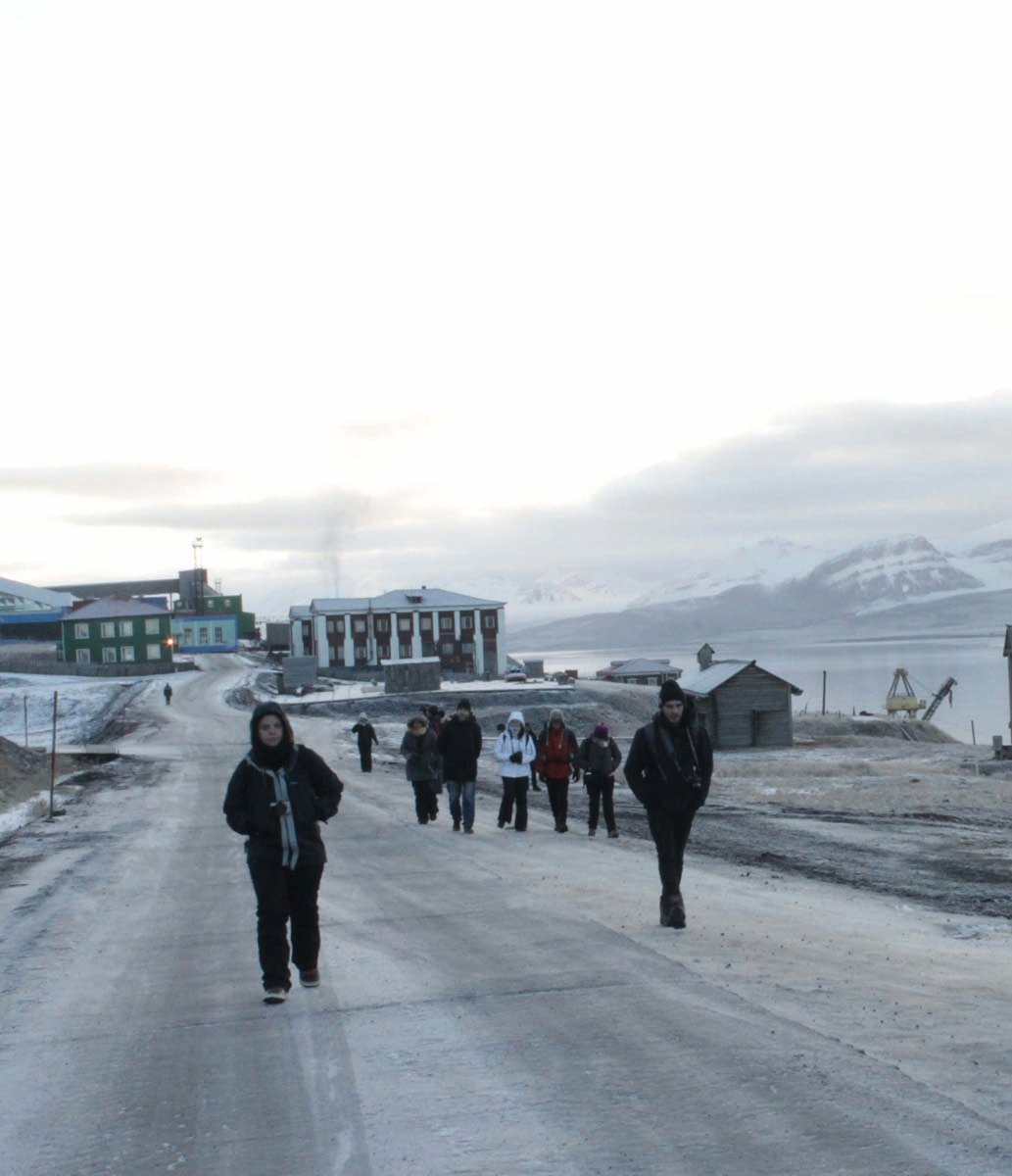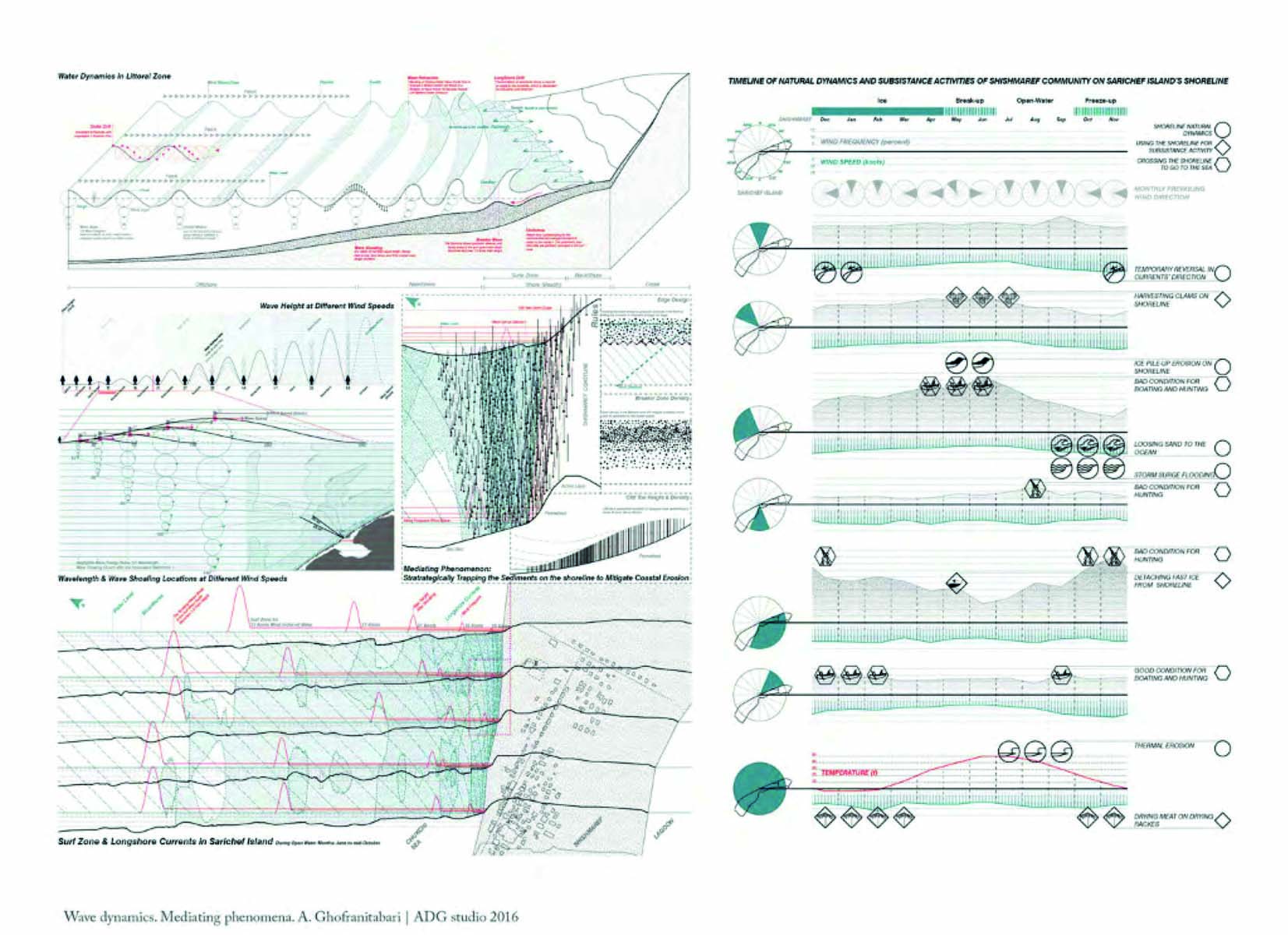Mediating Environments
- This study is not an argument against engineering but for greater synergies between engineering and design as well as between science and design
- This study is an argument for developing climatically responsive and arctic-specific paradigms for the construction and maintenance of arctic cities
Mediating Environments examines fundamental and radical environmental conditions in the Arctic and provides a spectrum of innovative design approaches and spatial outcomes. Climate organises and sustains a broad range of activities in the Arctic, and it will dictate the future transformations in northern urban landscapes and their metabolic operations. As such, arctic urbanism must take into account the varied nuances of weather phenomena that are deeply engrained in everyday living practices and biophysical fabrics. By revisiting and reconfiguring the intersections between environmental and design systems, this publication aims to expand conceptual strategies in the arctic beyond the modes of insulation, stabilisation, and optimisation while repositioning the region as a central figure within the global network of exchanges. How can the ‘arctic wall’ as a defining feature of northern architecture be renegotiated? Can design, whether it is pavement assemblies or building foundations built on permafrost, escape the confines of technical precedence aimed to resist instability, and instead work with – take advantage of – dynamic environmental mechanisms, such as thermal cycles of ground, pronounced in the region? This study is not an argument against engineering but for greater synergies between engineering and design as well as between science and design, and for developing climatically responsive and arctic-specific paradigms for the construction and maintenance of arctic cities. The future of sustainable arctic development requires resiliency in urban form and programming that is adaptive to the current and future flux inherent in the region, as well as a repositioning of the arctic environment as a productive, robust, and dynamic foreground through which design and urbanism occur and are contextualised.
- Publisher
- ORO Editions
- ISBN
- 9781940743615
- Published
- 7th Nov 2019
- Binding
- Paperback / softback
- Territory
- World excluding USA, Canada, Australasia & Asia (except Japan; China non-exclusive)
- Size
- 241 mm x 165 mm
- Pages
- 240 Pages
- Illustrations
- 200 color
Distributed by ACC Art Books
Our Catalogues
Please log-in or create an account to see your recent items.



